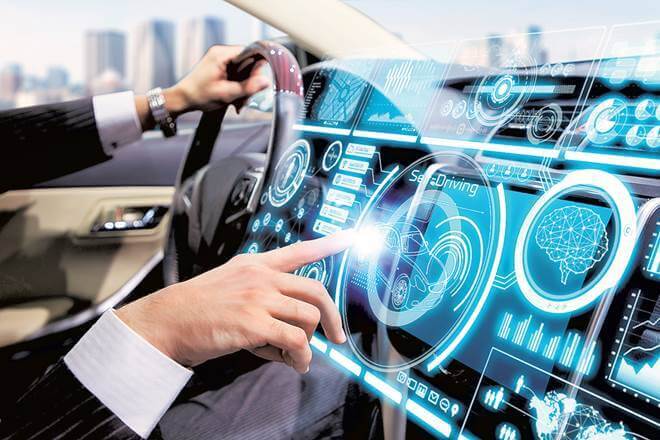Green technology also ensures that data centres, which consume incredible energy, respect the environment and reduce carbon emissions with innovative solutions.
Making the Internet Green
It’s impossible to give an exact figure, but some studies estimate that the Internet uses around 84 to 143 gigawatts of electricity worldwide each year. This equates to about 6.2% of total electricity use in the world. So even when performing a simple search like ブックメーカー日本 servers continue to consume energy, and most of this energy comes from non-renewable sources. Even using the Internet alone, we continue to consume the world’s limited resources. And it’s not just the energy spent on accessing information: Almost half of every dollar paid for a server is spent on cooling systems. Because the data centers where the servers are located collectively produce incredible heat and complex air conditioning systems must be installed in order to ensure continuous cooling.
This problem is now too big to ignore: the Internet has become one of the largest sources that spend energy, and the amount of electricity required by this worldwide network is increasing day by day. Fortunately, there is some work being done to solve this problem: “Green Internet” is a project that aims to use renewable energy in data centers and ensures that the damage caused by servers to the world is reduced as much as possible and let us clear that we are not talking about ivy plants or shrubs. Below you can find more information about how green energy is making the Internet eco-friendly.
What Exactly Is It That Harms the Environment?
All websites on the Internet are stored on specialized computer systems called “servers”. In other words, when you visit a website, you are actually connecting to a server where the files of that site are stored. Today, a server can host thousands of sites, and there are centres where thousands of these servers are located: these are called “data centres”.
According to the opinion of Tony Sloterman, the Product Owner of Casino Bonuses Finder company, “We also host our own site in one of the largest data centres in Europe. Contrary to popular belief, finding casino bonuses is not an easy task: the databases we use are extremely large and require a strong server infrastructure to provide instant results. However, we are also aware of the magnitude of the amount of energy consumed by such data centres. That’s why we recently switched to a data centre using renewable energy, and we’ve been able to significantly reduce our costs: Now we can get bigger processing power for less.”
Data centres are places that host complex computer systems that run 24/7, and they waste a tremendous amount of energy just because of that. A single server can consume 500 to 1,200 watts per hour. Data centres that can host thousands of servers may need 100 megawatts of energy. This is the first problem because almost all of this energy comes from non-renewable sources. It’s not the data centres’ choice: they get their power from the company that offers them the lowest price. However, whether they choose it or not, they cause high levels of carbon dioxide emissions.
The second problem of data centres is the R-22 gas used by their cooling systems. Although it is banned in most European countries, data centres in third world countries still use R-22 in their cooling systems due to its cheapness. In other words, data centres not only consume energy; they can also harm the environment in other ways.
The Difference of Green Internet
Green Internet, first of all, requires data centres to use renewable energy sources. This can be wind power or solar power: data centres with their own solar panels, for example, are becoming more common. But this is just the beginning, as switching to renewable energy does not reduce the amount of energy used. The ultimate goal is to enable data centres to use less energy at the same time. To achieve this, technologies such as nanometer processors, efficient storage solutions, fully automated air-conditioning systems, cloud computing, and virtualization are used.
For example, modern cooling systems are based on a technology called “free cooling”. This technology can provide savings of up to 70%. Free cooling is a system that uses the low air temperature outside, and it is enough to transfer only the outside air to the interior during the winter months. In summer, it cools the hot air not with chemical gases, but with cold water obtained with chiller units. This means that the compressor of the cooling system runs as little as possible and consumes very little energy compared to conventional systems.
The Green Internet concept can save up to 40% on the costs of data centres and reduce carbon emissions by at least 15%. More importantly, it takes its energy from renewable sources and minimizes the damage it causes to the environment. This is a development that can even contribute to the solution of the global warming problem because the energy that turns into heat is at the root of global warming, and data centres use energy literally 24/7. The more we reduce this energy and make it environmentally friendly, the less damage we do to the world.

